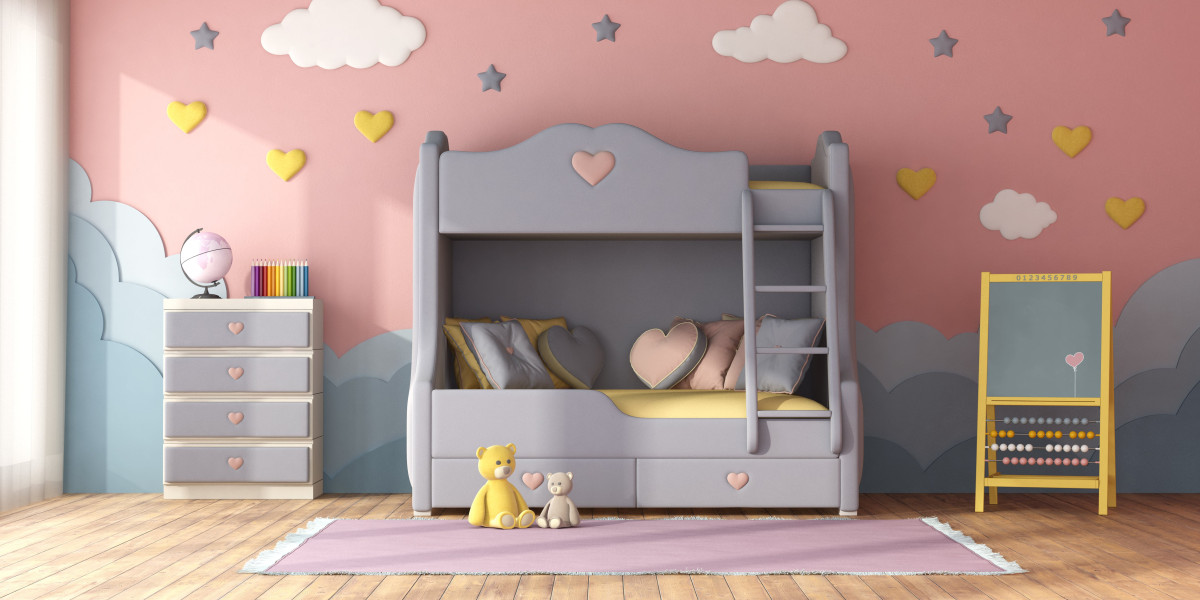When it comes to lighting, one of the most crucial aspects to consider is correlated color temperature (CCT). This term refers to the color appearance of a light source, measured in Kelvin (K). Understanding CCT can significantly influence the ambiance of a space, affecting both mood and functionality.

What is Correlated Color Temperature?
Correlated color temperature describes how "warm" or "cool" a light source appears. Typically, lower Kelvin values (around 2700K to 3000K) produce a warm, yellowish light, reminiscent of traditional incandescent bulbs. In contrast, higher Kelvin values (above 5000K) yield a cooler, bluish light, similar to daylight. But why does this matter?
- Warm light is often associated with relaxation and comfort.
- Cool light can enhance alertness and concentration.
The Impact of CCT on Mood
Research indicates that the correlated color temperature of lighting can significantly affect our emotional state. For instance, warm lighting is ideal for spaces designed for relaxation, such as living rooms or bedrooms. Conversely, cooler lighting is more suitable for workspaces or kitchens, where focus and energy are paramount.
Have you ever noticed how a dimly lit restaurant creates a cozy atmosphere? This is a direct result of the warm CCT used in the lighting design. On the other hand, a brightly lit office space often employs cooler lighting to promote productivity. Therefore, selecting the appropriate CCT can enhance the overall experience of a space.
Choosing the Right CCT for Your Environment
When selecting lighting for your home or office, consider the following:
- Identify the purpose of the space.
- Choose a CCT that aligns with that purpose.
- Experiment with different lighting options to find the best fit.
For more detailed guidance on selecting the right CCT for home lighting, check out this informative article.
Conclusion: The Importance of CCT in Lighting Design
In summary, understanding correlated color temperature is essential for anyone looking to create a specific mood or atmosphere in their environment. By carefully selecting the appropriate CCT, you can enhance not only the aesthetics of a space but also the emotional well-being of its occupants. Whether you are designing a cozy living room or a productive office, the right lighting can make all the difference.








